White stuff on dahlia?!? Help!
Meridian Baldacci
3 years ago
last modified: 3 years ago
Featured Answer
Sort by:Oldest
Comments (17)
Related Professionals
Mitchellville Landscape Architects & Landscape Designers · Broadlands Landscape Contractors · Indianapolis Landscape Contractors · Mission Viejo Landscape Contractors · Chino Hills Solar Energy Systems · Downers Grove Solar Energy Systems · Hinsdale Solar Energy Systems · Holliston Solar Energy Systems · Glendora Landscape Architects & Landscape Designers · Bowie Landscape Contractors · Ellensburg Landscape Contractors · Oak Forest Landscape Contractors · Pine Hills Landscape Contractors · Tamarac Landscape Contractors · White Bear Lake Landscape ContractorsMeridian Baldacci
3 years agoMeridian Baldacci
3 years agohc mcdole
3 years agomorpheuspa (6B/7A, E. PA)
3 years agohc mcdole
3 years agomorpheuspa (6B/7A, E. PA)
3 years agoMeridian Baldacci
3 years agoMeridian Baldacci
3 years agohc mcdole
3 years agomorpheuspa (6B/7A, E. PA)
3 years agoMeridian Baldacci
3 years agohc mcdole
3 years agomorpheuspa (6B/7A, E. PA)
3 years agotapla (mid-Michigan, USDA z5b-6a)
3 years ago
Related Stories
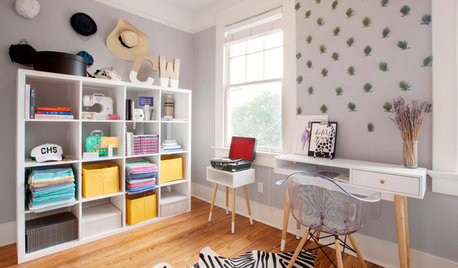
DECLUTTERINGLiving With Less: Do You Have Too Much Stuff?
To help her clients pare back, a professional organizer asks them 3 questions about the things they own
Full Story
KITCHEN DESIGNKitchen of the Week: Creamy White, Wood and Brass in an Open Plan
A design-build firm helps a Minnesota couple create a roomy L-shaped kitchen with off-white cabinets and a walnut island
Full Story
DECORATING GUIDESDownsizing Help: Color and Scale Ideas for Comfy Compact Spaces
White walls and bitsy furniture aren’t your only options for tight spaces. Let’s revisit some decorating ‘rules’
Full Story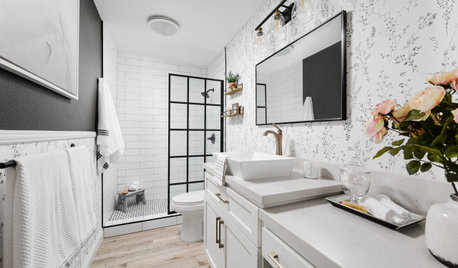
BATHROOM MAKEOVERSBathroom of the Week: Black, White and a Touch of Floral
A designer helps a California homeowner update her guest bathroom to create a brighter, fresher look and feel
Full Story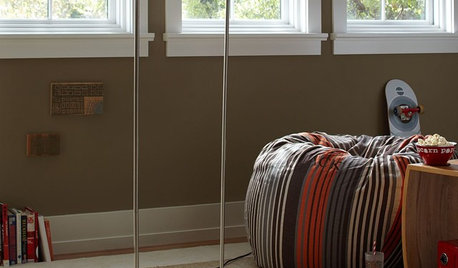
MORE ROOMSDorm Life: Cool Stuff for a Music Lover's Room
Outfit Your Tiny College Home for the Best 9-Month Tour Ever
Full Story
HOUZZ TOURSMy Houzz: Online Finds Help Outfit This Couple’s First Home
East Vancouver homeowners turn to Craigslist to update their 1960s bungalow
Full Story
MOST POPULARA Colorful Place to Whiten Whites and Brighten Brights
This modern Minnesota laundry-mudroom gets a smarter layout and a more lively design
Full Story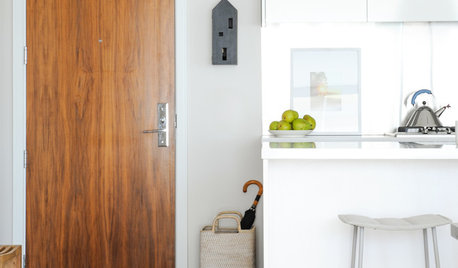
MOST POPULAR5 Ways to Pare Down Your Stuff — Before It Gets in the Door
Want to free up some room around the house? Rethink gift giving, give yourself a shopping mantra and just say, ‘No, thank you’ to freebies
Full Story
KITCHEN ISLANDS7 White Kitchens That Make the Case for Painting the Island
See how designers inject color into otherwise white kitchens by painting this middle-of-the-room feature
Full Story
COLORBye-Bye, Minimalist White — The New Nordic Style Is All About Color
The Scandinavian color palette is moving away from pale, cool shades with hot new hues on walls and floors
Full StorySponsored
More Discussions









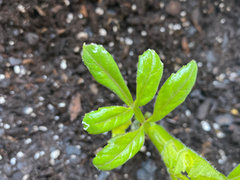

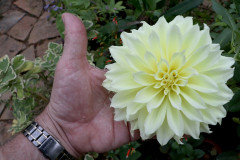

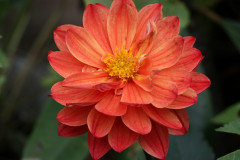
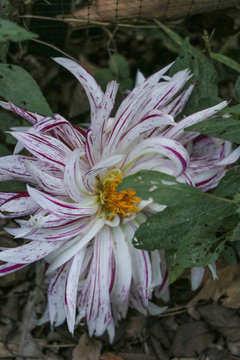
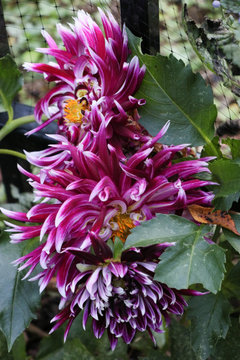

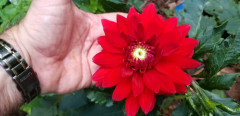
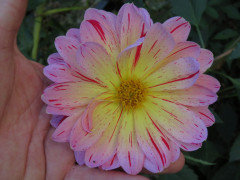
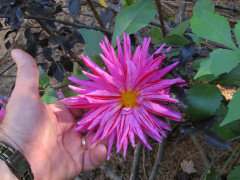


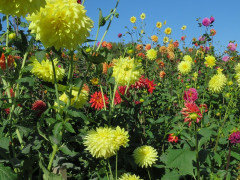
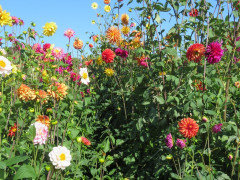
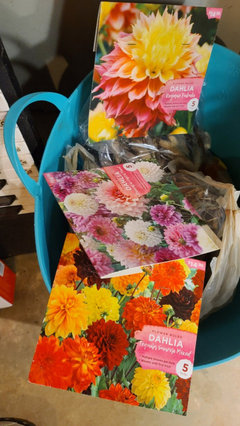
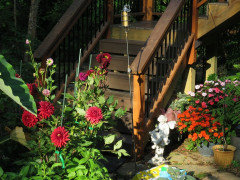

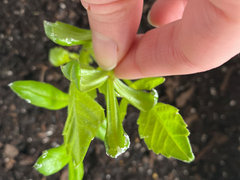
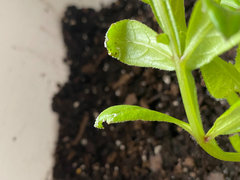
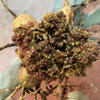
Meridian BaldacciOriginal Author